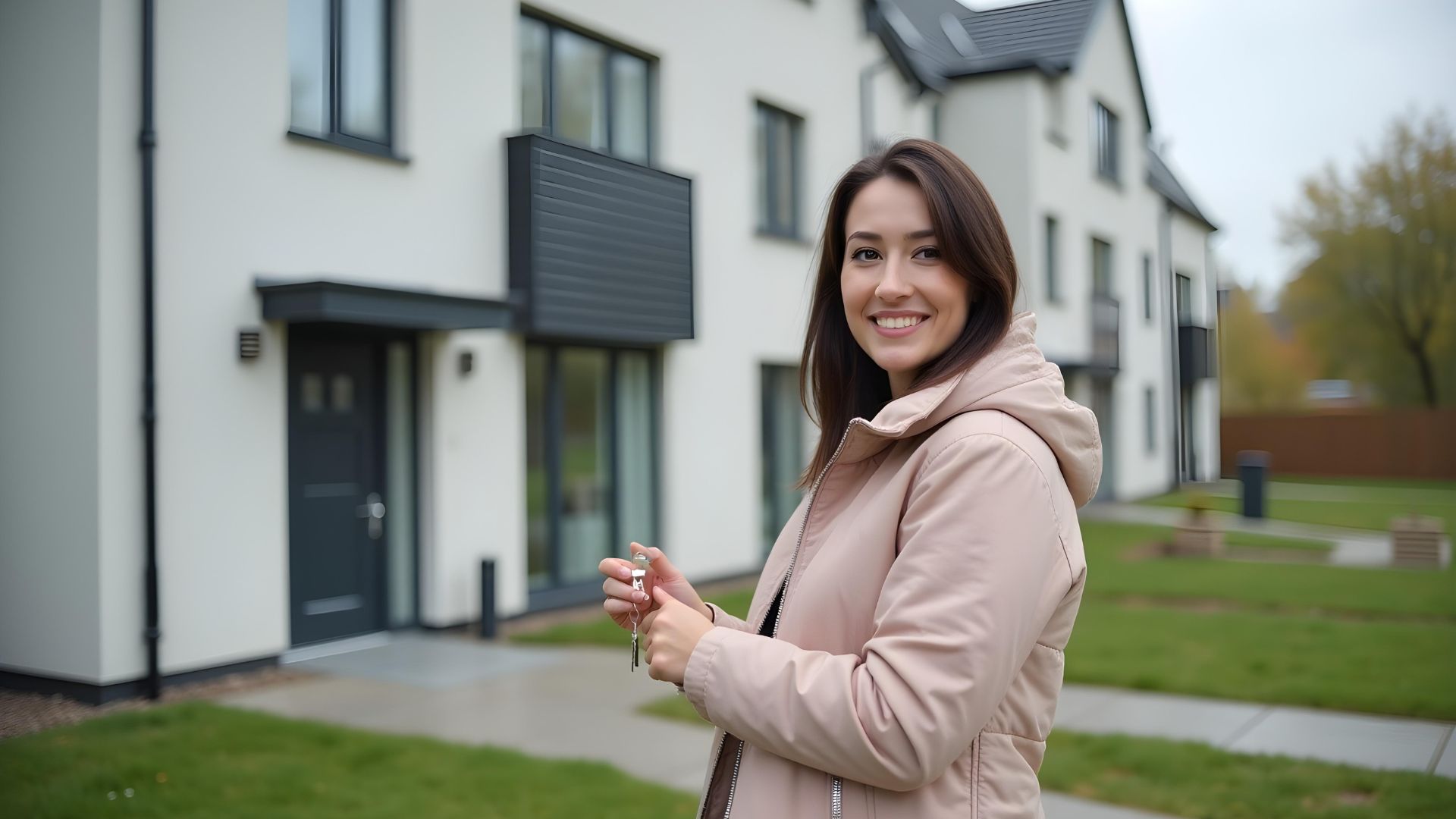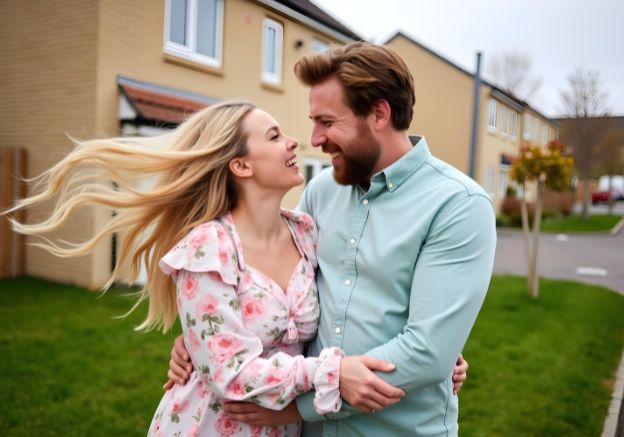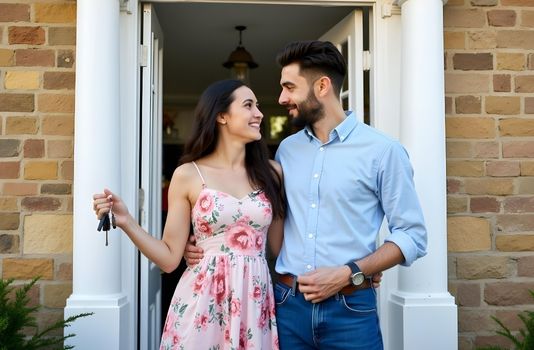Our expert Shared Ownership mortgage brokers are here to inform you on the different types of Shared Ownership mortgages, making homeownership a possibility for many!

Shared Ownership mortgage brokers
A Shared Ownership mortgage broker can help you with the government scheme that’s designed to enable people to buy a share of their desired home, typically, 25%, 50% or 75%, rather than the whole property!
Do you qualify? Only takes a few minutes, NO CREDIT CHECKS!
Why use a Shared Ownership mortgage broker?
A Shared Ownership mortgage broker can help you navigate the unique complexities of this scheme, which allows you to buy a percentage of a property with a mortgage and pay rent on the rest. They’ll guide you through the process of securing a mortgage for your share and understanding the rental payments to the housing association, making homeownership more accessible.


Specialist Shared-Ownership Mortgages
How much could you borrow?
Fill out a few details to see if you are eligible for a Shared Ownership mortgage with
NO effect on your credit score!
Mortgage advisors you can really trust
Finding the right mortgage can be overwhelming, but The Mortgage Centres team is here to help. We offer tailored solutions for first-time buyers, remortgages, and investors, guiding you every step of the way.
Let's talk
Our team will aim to get back to you within 24 hours.
0330 0945876 Standard network rate
[email protected]
"*" indicates required fields

